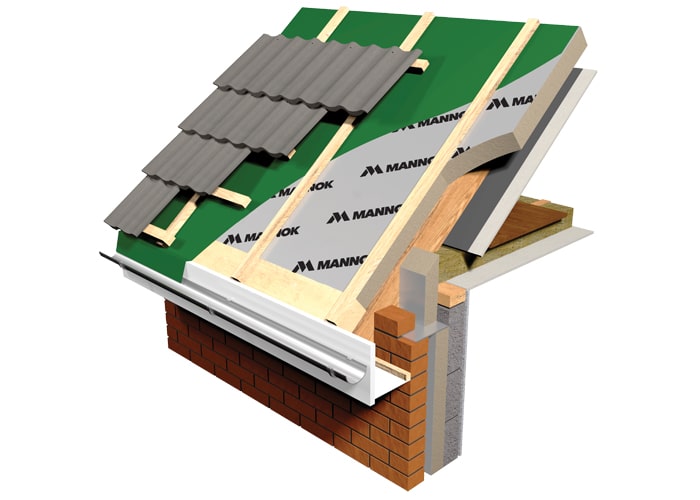I am looking to create a room in the loft (Velux conversion) but want/need replace the roof covering before I do so - the bituminous felt is getting old/brittle, has slipped in places and has been shredded by birds around the valleys and eaves.
A warm roof looks like a more elegant solution with the added bonus of some extra head-height. It does however mean I'll likely need planning for the increase in ridge height due to the build up of insulation and counter batons etc. Is the warm roof the best way to go, or is it over complicating things? Is there likely to be a significant cost difference between a warm roof and traditional insulation between/under the batons?
Thanks in advance.
A warm roof looks like a more elegant solution with the added bonus of some extra head-height. It does however mean I'll likely need planning for the increase in ridge height due to the build up of insulation and counter batons etc. Is the warm roof the best way to go, or is it over complicating things? Is there likely to be a significant cost difference between a warm roof and traditional insulation between/under the batons?
Thanks in advance.


